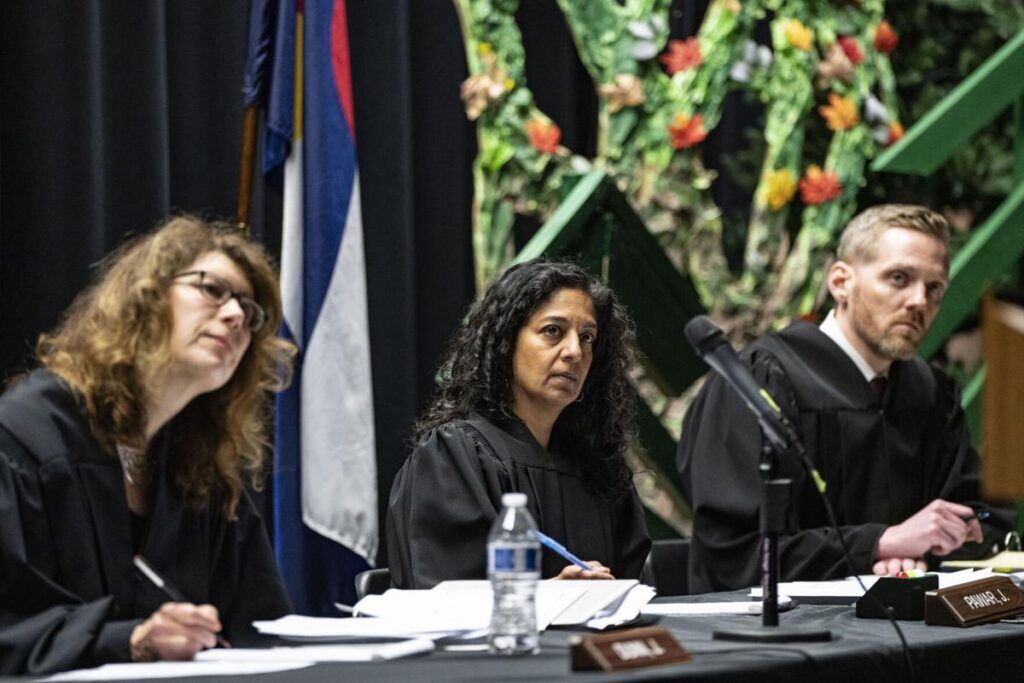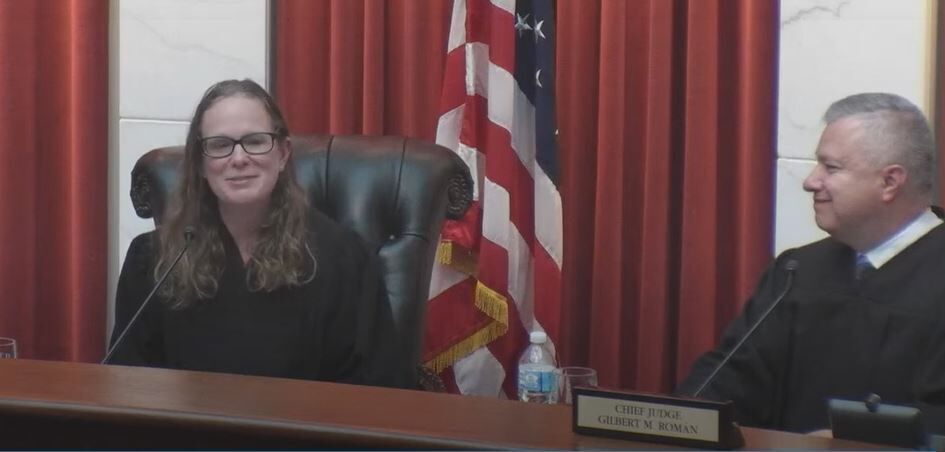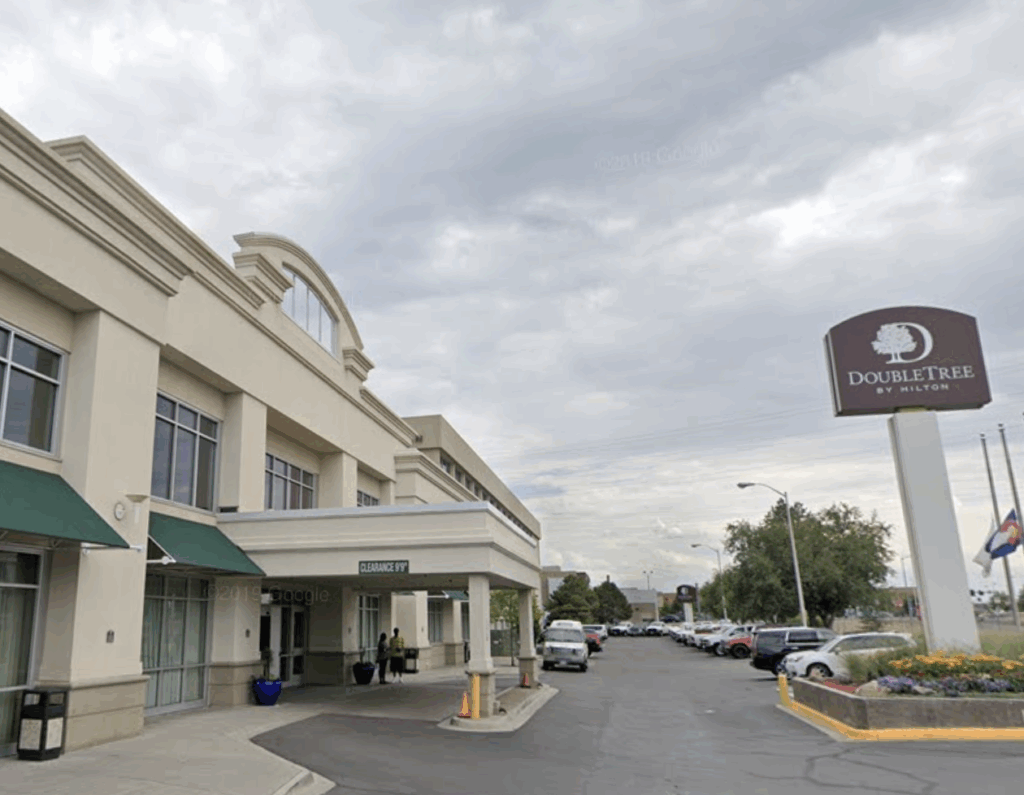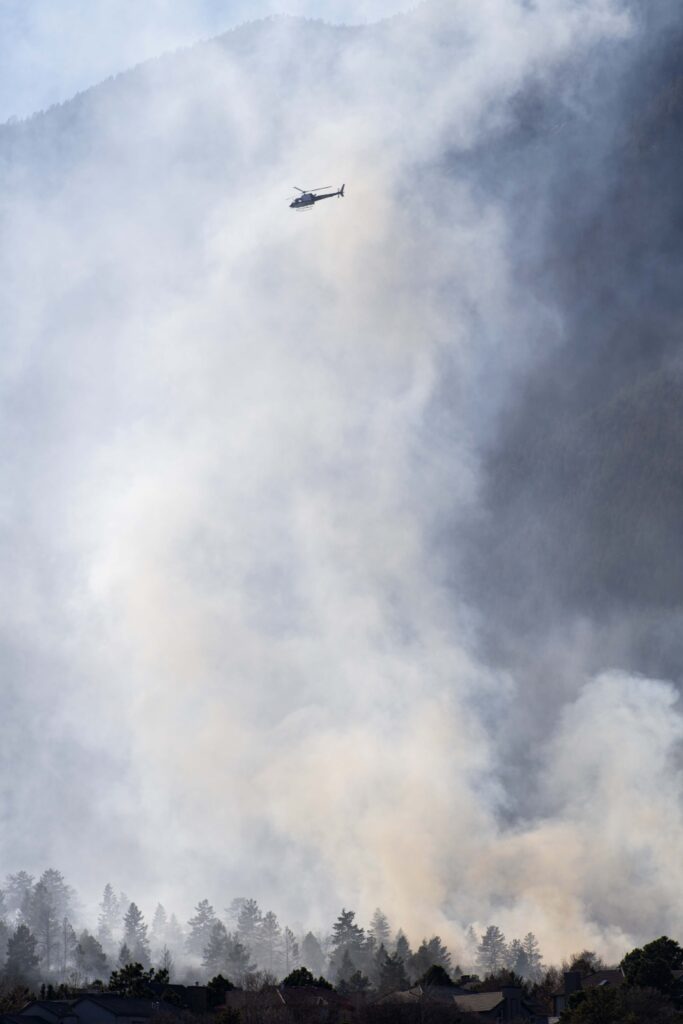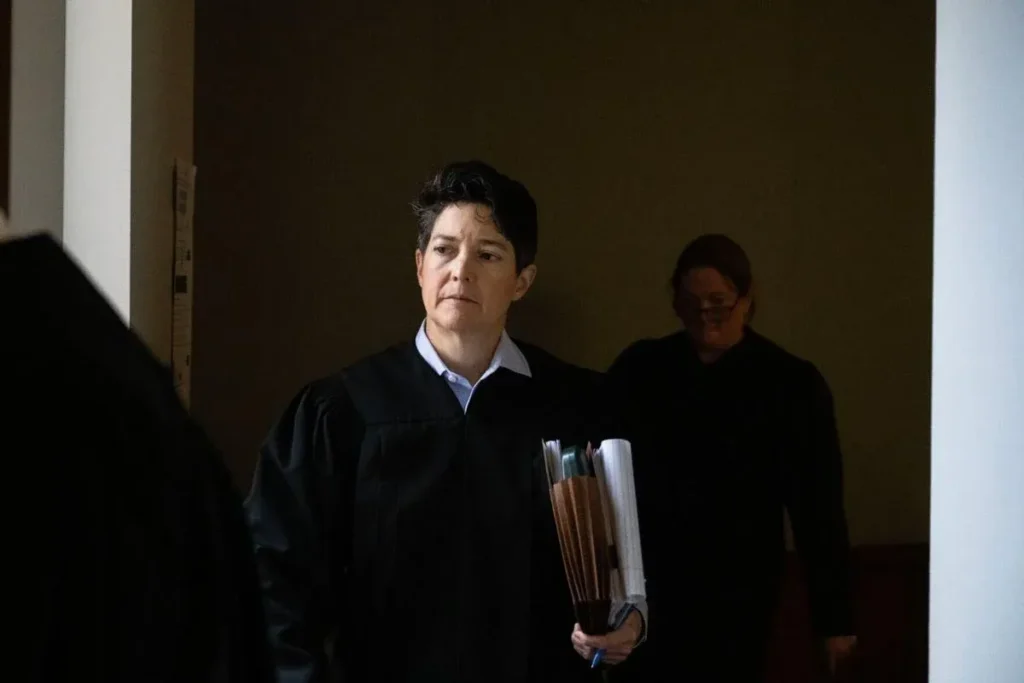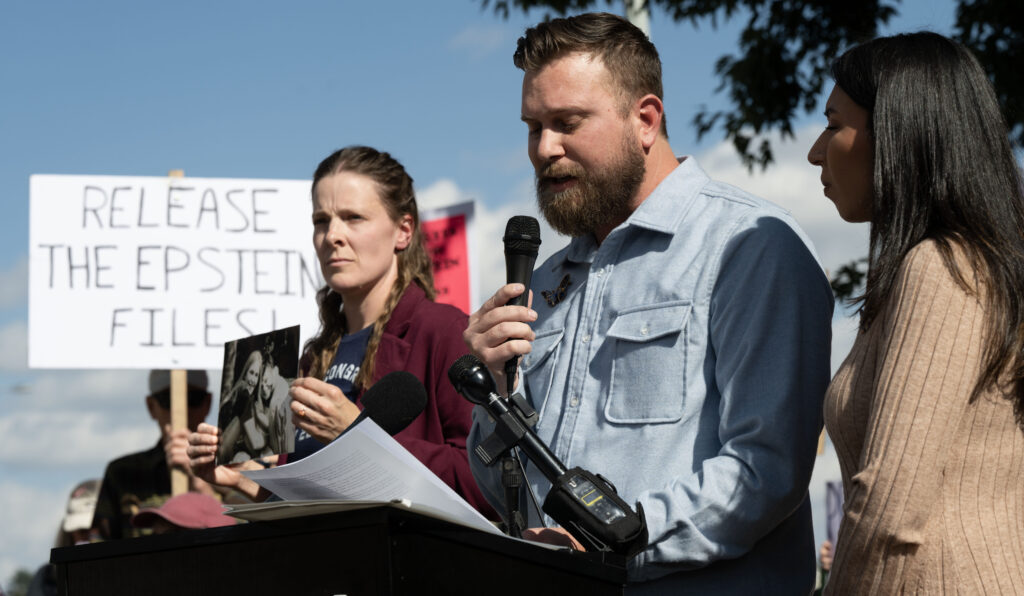Watchers predicting a ‘normal’ 2025 fire season for Colorado, but drought may increase risk
Meteorologists and fire officials are predicting an average fire season for the Pikes Peak region and most of Colorado, though worsening drought conditions in the southwest portion of the state could signal danger ahead.
“For the most part we are probably looking at weather conditions being supportive of more normal fire activity,” said Nickolai Reimer, a wildland fire meteorologist at the Rocky Mountain Area Coordination Center.
“Normal” does not mean without fire. Reimer said he expected a handful of small fires under 100 acres in the outlook, which predicts fire conditions out to June. He said those could still be dangerous.
“It doesn’t mean it doesn’t significantly impact somebody because it’s smaller. It’s just not going to be a fire that is going to be on the landscape for a long time and have a lot of firefighting activity going on,” he said.
Red flag warning includes Colorado Springs on extremely warm Monday
Colorado Springs Deputy Fire Marshal Kris Cooper said weather for the rest of March could make a difference for spring and summer fire risk on the eastern plains. March typically sees high snowfall counts for the Pikes Peak region. He said a winter storm could help prevent a fire before regrowth later in the year.
“Those heavy, wet snows really help knock down the grasses that are out there now,” he said.
Cooper said lots of spring moisture may not always be a sign to celebrate for fire risk, however; precipitation now means more plant growth, which becomes more biological fuel for fires in the hotter, drier months of the year.
“We’re never satisfied,” he said.
Reimer said the area’s recent warm, gusty days and abundance of red flag warnings could be a result of much larger atmospheric forces. He said 2025 is a “La Nina” year, referring to a complex weather phenomenon in the Pacific pushing the jet stream northward over North America.
“Early spring wind events do … occur a little more often during the La Nina winter,” he said.
Small grass fire contained at Red Rock Open Space
A fire outlook takes in multiple factors, but one of the most important is precipitation. According to the National Oceanic and Atmospheric Administration, most of Colorado is so far avoiding the drought currently impacting much of the western United States.
Snowpack in the northern mountains also held steady this year, supporting major river basins that serve Colorado Springs and Denver.
Snowpack lags across southern Colorado, strong for Denver and Colorado Springs
The exception is southwest Colorado, where extreme drought conditions are developing in an continuation of drought in Utah, Arizona and New Mexico to the south and west. Drought conditions in the area are not new, with most of the past two decades being drought years.
Snowpack in southern Colorado mountains also lagged this year, with major storms missing most of the ranges south of U.S. 50, according to previous Gazette reporting.
Reimer said some snow was forecasted to move in on the western slope later this week, but that it “probably would not be enough” to make up for the season-long deficit.
Reimer said prolonged dry conditions increase the risk of fire by increasing the amount of dry fuel in the environment. Southwest Colorado is the only area in the state with “above normal” wildland fire potential by June of this year.
“That’s the area that’s going to be seeing the impacts first,” said Reimer.
He said later in the year Colorado had the potential for hot, dry conditions to extend to other parts of the state, potentially increasing and prolonging fire danger elsewhere.
“Certainly there’s going to be potential that we’ll see a longer fire season this year,” he said.



